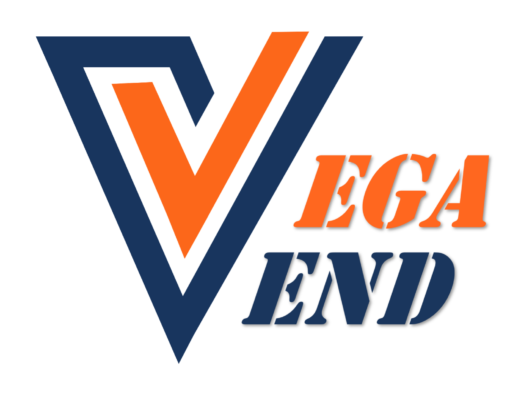No products in the cart.
On this page
UK Requirements
This material is for informational purposes only, and you should not take it as a substitute for legal advice. We encourage you to consult your legal adviser for any concerns about the laws and regulations relating to your product. This material only reflects the position at the date of writing, and requirements across the EU and in the UK may change. You should refer to current UK Brexit guidance about your products (see below) to learn more about changes that may affect you from 1 January 2021.
Classification, Labelling and Packaging requirements
From 1 January 2021, an amended version of the EU CLP Regulation applies as a result of the Chemicals (Health and Safety) and Genetically Modified Organisms (Contained Use) (Amendment etc.) (EU Exit) Regulations 2019/720 and other statutory instruments (the “UK CLP Regime”). We have noted below where there will be relevant changes in the requirements from 1 January 2021.
There are certain other mandatory labelling requirements that you must comply with, including for example, labelling the hazardous substances with the supplier’s name, address and telephone number.
It is your responsibility to comply with the UK requirements if you sell products containing relevant chemicals in the UK. If you also sell products containing relevant chemicals on VegaVend EU website(s), then you must also comply with the EU Reach Regulation, the EU CLP, and with other national requirements in the relevant countries.
UK CLP Regime Application
The UK CLP Regime applies to all substances and mixtures imported, manufactured or sold in the UK, unless otherwise exempted. Examples of products regulated under CLP are paints, detergents, glues, spray paints and pesticides.
The provisions apply differently to:
- Great Britain (England, Scotland and Wales
- Northern Ireland
You can read more about the position in Northern Ireland (“NI”) below.
There are certain exemptions to the regulation for the following materials in their finished state only:
- Articles (including products with non-accessible hazardous chemical substances and mixtures, such as batteries)
- Food and feeding stuffs
- Cosmetics
- Medical devices (human)
- Medicinal products (human and veterinary)
You may use substances or mixtures to produce things that have a special shape, surface or design. When the special shape, surface or design determines the function to a greater degree than the chemical composition, these are called “articles” under the legislation. Examples of articles are: bicycles, guitars, batteries, T-shirts and CDs. The EU CLP Regulation or the UK CLP Regime does not apply to most articles (except: (1) explosive articles (as described in section 2.1 of Annex I); or (2) where the substances contained in the article need to be registered or notified under Articles 7 or 9 of the EU Reach Regulation).
To determine whether your product is regulated under CLP, we recommend that you take the following steps:
- Contact the manufacturer and ask if the product is regulated under the CLP.
- Check the Safety Data Sheet (SDS) (previously also known as Material Safety Data Sheet (MSDS)) or the label of the product to determine whether there are CLP classifications on it. If you do not have an SDS for the product, the manufacturer or your supplier should have the document available.
Chemicals Prohibited from VegaVend Fulfilment Centres (FC)
You must not ship any products to VegaVend that are prohibited from entering an FC. VegaVend may dispose of any such units, at your cost and without compensation to you. Note that products classified, labelled and packed in accordance with outdated legislation (such as the Dangerous Preparations Directive and Dangerous Substances Directive) cannot be accepted at VegaVend FCs.
Products that bear any of the following CLP hazard (H) or precautionary (P) statements are prohibited from entering an VegaVend FC:
| EUH001 | Explosive when dry |
| EUH006 | Explosive with or without contact with air |
| EUH014 | Reacts violently with water |
| EUH018 | In use may form flammable/explosive vapour-air mixture |
| EUH019 | May form explosive peroxides |
| EUH029 | Contact with water liberates toxic gas |
| EUH031 | Contact with acids liberates toxic gas |
| EUH032 | Contact with acids liberates very toxic gas |
| EUH044 | Risk of explosion if heated under confinement |
| EUH059 | Hazardous to the ozone layer |
| H200 | Unstable explosive |
| H201 | Explosive; mass explosion hazard |
| H202 | Explosive; severe projection hazard |
| H203 | Explosive; fire, blast or projection hazard |
| H240 | Heating may cause an explosion |
| H241 | Heating may cause a fire or explosion |
| H250 | Catches fire spontaneously if exposed to air |
| H251 | Self-heating; may catch fire |
| H252 | Self-heating in large quantities; may catch fire |
| H260 | In contact with water releases flammable gases which may ignite spontaneously |
| H261 | In contact with water releases flammable gas |
| H300 | Fatal if swallowed |
| H301 | Toxic if swallowed |
| H304 | May be fatal if swallowed and enters airways |
| H310 | Fatal in contact with skin |
| H311 | Toxic in contact with skin |
| H330 | Fatal if inhaled |
| H331 | Toxic if inhaled |
| H340 | May cause genetic defects |
| H341 | Suspected of causing genetic defects |
| H350 | May cause cancer |
| H351 | Suspected of causing cancer |
| H360 | May damage fertility or the unborn child |
| H361 | Suspected of damaging fertility or the unborn child |
| H362 | May cause harm to breastfed children |
| H370 | Causes damage to organs |
| H371 | May cause damage to organs |
| H372 | Causes damage to organs through prolonged or repeated exposure |
| H373 | May cause damage to organs through prolonged or repeated exposure |
| P222 | Do not allow contact with air |
| P223 | Keep away from any possible contact with water, because of violent reaction and possible flash fire |
| P230 | Keep wetted with (insert manufacturer specification) |
| P231 | Handle under inert gas |
| P406 | Store in a corrosive resistant (insert manufacturer specification) container with a resistant inner liner |
| P407 | Maintain air gap between stacks/pallets |
Special Packaging Rules
It is your responsibility to comply with the special packaging rules in the UK CLP Regime for tactile warnings and child-resistant fastenings for all applicable products.
CLP Product Labelling
It is your responsibility to ensure that your CLP-regulated products are labelled appropriately (including the relevant hazard (H) statements, precautionary (P) statements and/or pictograms) and that all such product information is available on the label in English.
Product Listings
It is your responsibility to provide accurate and complete product information, including applicable warning messages as required by the CLP regulation. In order to add applicable warnings to your product listings, you should do the following:
- Determine whether the UK CLP Regulation applies to your product. This may be verified by contacting the manufacturer or checking the product labelling.
- If your products are regulated under EU or UK regimes, verify that your products are eligible for sale on VegaVend and, if you want to list them, provide us with the most up-to-date SDS when setting up a new item.
- Also provide us with high-quality pictures of your product, clearly showing all applicable warnings.
Northern Ireland
Note that different rules apply in NI from 1 January 2021 as a result of the Northern Ireland Protocol. In particular:
- You should ensure that products meet applicable EU REACH and CLP requirements.
- You should ensure that ECHA has been notified, as required by EU REACH and CLP.
- Northern Ireland businesses that are currently downstream users or distributors may have obligations in relation to chemicals traded from GB to NI.
- Northern Ireland businesses may also have obligations to notify GB authorities if placing highly regulated goods on the GB market.
- “Qualifying Northern Ireland goods” can be sold in GB under unfettered access rights. The UK Government is issuing guidance on how this will work.
BREXIT: UK Government Guidance
The UK Government has released guidance on the sale of chemicals in the UK from 1 January 2021, including on REACH and CLP (as well as Biocides, Prior Informed Consent and Pesticides or Plant Protection Products).
We encourage you to review this guidance (linked below), alongside any other specific UK Government Guidance that applies to your product. You should consult your legal adviser if you have questions about how the laws and regulations apply to your products from 1 January 2021.
CLP: Additional Information
We strongly encourage you to review the following guidance for more information on the sale of chemicals in the EU.
You can Contact The Agency and review UK Government guidance for more information on REACH and CLP, including the following websites
We also encourage you to visit the Business Companion website, which contains guidance on UK product compliance rules: Get Started
Last updated: 18 June 2024

